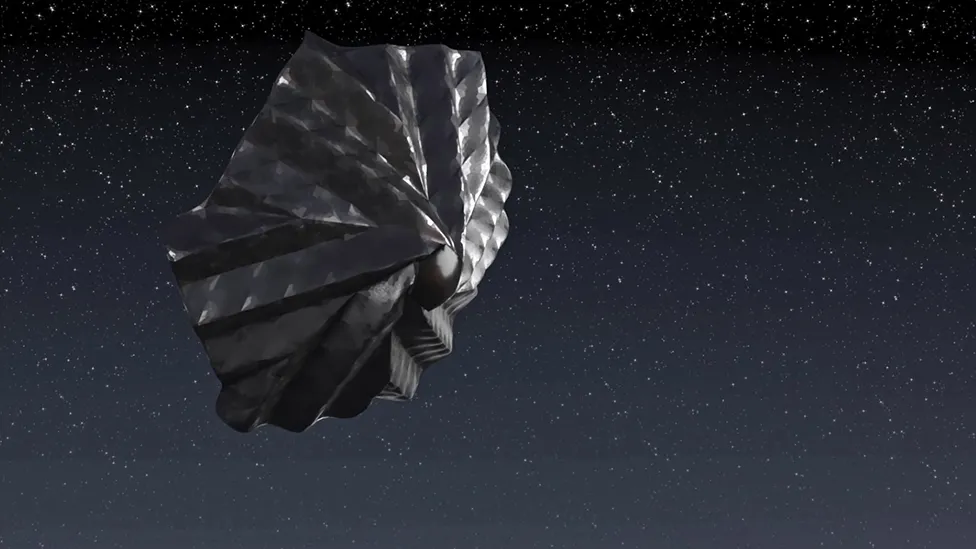The British Antarctic Survey has been on the Brunt Ice Shelf in East Antarctica for sixty some years. The Halley Research Station (Once known as Station Z!) has been rebuilt and relocated over the years. The current incarnation is Halley VI, and it is a pretty cool modular and movable habitat. (There are lots of cool info and vids at their web site.)
Lots of science is goin’ on, down Halley way. But one particular target is continuous measurements and observations of the Brunt Ice Sheet itself. Brunt is a sheet of ice floating on the ocean, which has been fairly stable over the time that Halley station has been there. The ice sheet has slowly move out to sea, in fits and starts. Researchers have observed that the ice was slowed or halted when the underside hit bottom, grounded, at a shallow spot, called the McDonald Ice Rumples. (Above the grounding point, the ice is pushed up and rumpled.)
In recent years, Brunt has rapidly shed two huge ice bergs (A74 and A81). It isn’t clear what caused these chunks to break off. There doesn’t seem to be any short term stimulus, and researchers emphasize that the behavior of the ice is not linked to climate change.
Ice is as ice does, or something like that.
After the separation of these two massive amounts of ice (A81 calved in January 2023), the reduced ice shelf has begun to move out to sea much more rapidly [1].
Data from GPS and satellite images shows that Halley accelerated from 900m / year at the beginning of 2023, to 1500 m / year in August. This is a pretty good clip for a chunk of ice the size of a county!
Since Halley is sitting on the ice, researchers there have a front row seat and are providing measurements as it is happening [2]. They observe that the ice has un-grounded and floated free. Presumably, the calving reduced the weight of the ice sheet, causing it to bob up and come free.
“[T]he observations presented show that large calving events which disrupt buttressing at key pinning points can substantially and immediately impact ice flow”
([2], p. 4)
It is important to note that the Halley Ice Sheet is not similar to many parts of Antarctica and elsewhere, where fast descending glaciers push out over and into the water. Halley is fed only by slow moving ice fields, accumulating over years. This means that this ice sheet is not quickly replenished if it moves, so this sudden shift is thinning the ice.
A second point to note is that this, and most ice sheets, move in fits and starts. Over the years of observations, and from geological evidence, we know that Halley has moved in the past and then “settled down” for long periods. So it is very possible that, after this calving event, the ice will bob up and then settle down.
Anyway, should it be necessary, the current Halley VI can be moved to a safe location on the ice.
- Jonathan Amos, Halley station: Rapid ice movement monitored under UK polar base, in BBC News – Science & Environment, eptember 13, 2023. https://www.bbc.com/news/science-environment-66685821
- O. J. Marsh, A. J. Luckman, and D. A. Hodgson, Brief Communication: Rapid acceleration of the Brunt Ice Shelf after calving of iceberg A-81. EGUsphere, 2023:1-9, 2023. https://egusphere.copernicus.org/preprints/2023/egusphere-2023-1949/
PS. Some great names for a ban:
McDonald Ice Rumples (or just Ice Rumples)
Reduction of Buttressing
Grounding Line


